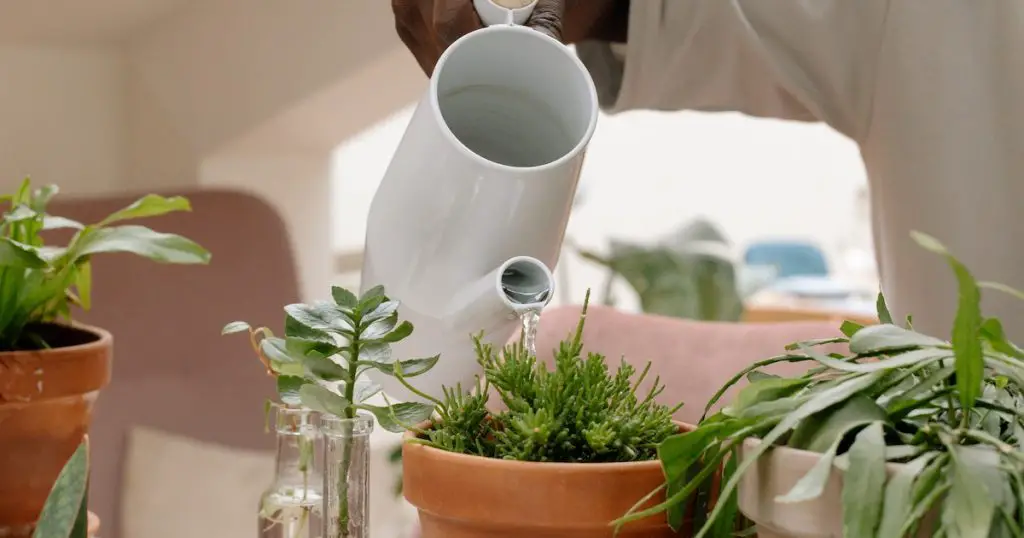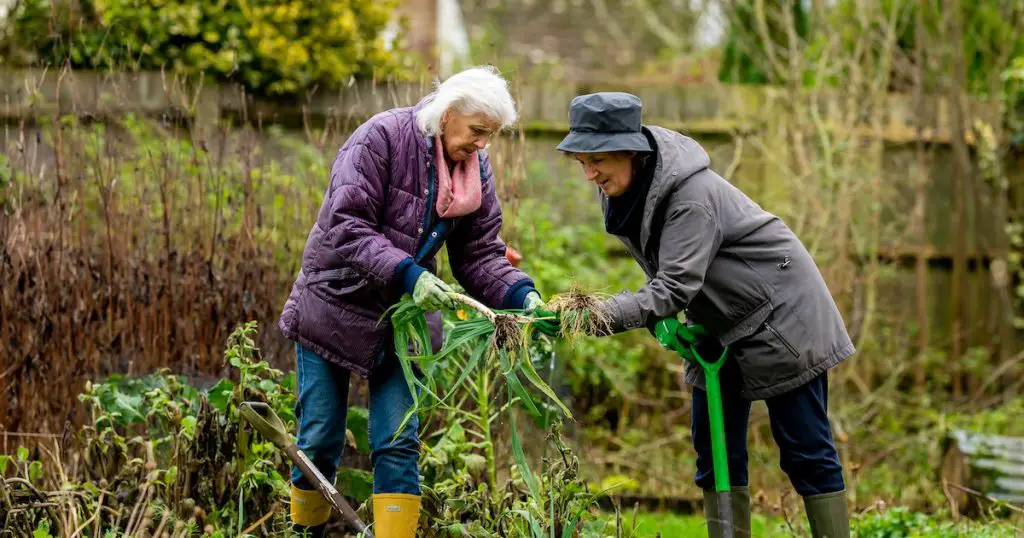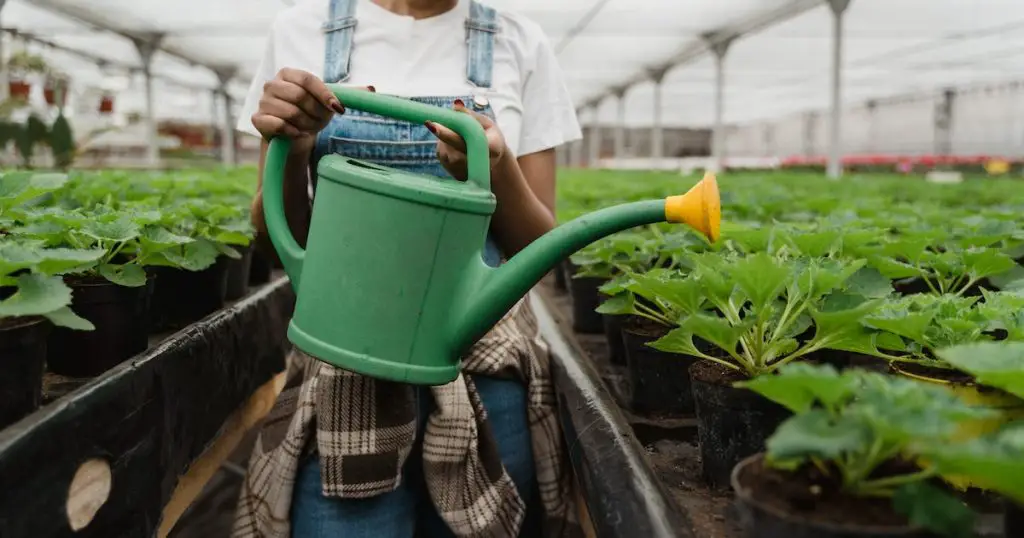Gardening has always been an art that speaks to the soul. When it’s tailored to the local environment, especially in a place as unique as Prescott, it’s even more fulfilling.

Gardening with native plants in Prescott not only emphasizes the natural beauty inherent to the region but also ensures a sustainable and eco-friendly approach. The charm of local flora, adapted to Prescott’s unique climate and soil, offers an unrivaled touch to any landscape.
The Advantages of Gardening with Native Plants
Prescott’s verdant landscapes aren’t just about aesthetics. They’re about embracing a sustainable future. Native plants play a pivotal role in this equation.
The benefits of opting for native species are numerous. For one, they are acclimated to the local conditions. This means they typically require less water, a boon in areas prone to drought or water scarcity. The EPA affirms the advantages of sustainable landscaping, highlighting water conservation as a top benefit.
Furthermore, native plants are a sanctuary for local wildlife. Birds, insects, and other creatures have evolved with these plants, depending on them for food and habitat. By choosing native plants, you’re not just decorating your garden; you’re restoring an ecosystem.
Understanding Prescott’s Native Plant Palette
Prescott’s climate, shaped by its elevation and geography, has birthed a unique set of plant species. This area, positioned between grasslands and pine forests, offers a diverse palette for gardeners.
Understanding the variety and characteristics of native plants is essential. The local Prescott National Forest is home to a plethora of these species. From the towering pines to the subtle grasses, the forest is a testament to the richness of the region’s flora.
Key Native Trees to Consider
Trees are the backbone of any garden, offering shade, structure, and visual appeal. In Prescott, the selection is both varied and fascinating.
The Alligator Juniper, for instance, is an evergreen marvel. Its bark, reminiscent of an alligator’s skin, is distinct and can become a conversation starter in your garden. Their adaptability to Prescott’s conditions makes them a favorite among local gardeners.
Ponderosa Pine, on the other hand, stands tall with its unmistakable aroma. Often found gracing the region’s forests, it’s a tree that symbolizes the heart of Prescott. Its height and majesty are unparalleled, making it an ideal choice for spacious gardens.
For those looking for a bit of color, the Gambel Oak doesn’t disappoint. In autumn, its leaves transform into fiery hues, lighting up the landscape. Beyond beauty, it offers shelter and food for various local wildlife, reinforcing the importance of native plants for biodiversity.
Native Shrubs to Beautify Your Garden
Moving beyond trees, shrubs are the perfect intermediary – offering texture, color, and a sense of fullness to garden spaces.
Cliffrose, with its delicate flowers and aromatic leaves, is a quintessential Prescott shrub. It not only survives but thrives in the local soil and climate, making it an effortless addition to your garden.

Mountain Mahogany, another local favorite, is not just about looks. This hardy shrub is an answer to erosion, holding the soil together with its robust root system. Additionally, its seeds, adorned with curly tassels, add a touch of whimsy to landscapes.
Lastly, the Manzanita, with its iconic red bark and spring blossoms, is a visual treat. More than that, it’s a resource for pollinators, with Arizona State University emphasizing its importance in the ecosystem.
The Allure of Native Perennials
While trees and shrubs lay the foundation, perennials are the brushstrokes that complete the canvas.
Penstemon, with its vibrant flowers, is hard to overlook. Often dubbed the hummingbird magnet, it’s a hub of activity and color. Their range of hues, from bold reds to subtle blues, cater to various garden themes.
The Desert Marigold stands out with its bright yellow blooms. A resilient plant, it’s perfectly suited for Prescott’s conditions, requiring minimal maintenance.
The Blanket Flower, on the other hand, offers a burst of reds and yellows. Its daisy-like appearance is a favorite among gardeners and pollinators alike.
Grasses and Groundcovers for a Textured Landscape
For that finishing touch, groundcovers and grasses are indispensable. They knit the garden together, offering continuity and texture.
Blue Grama is more than just grass; it’s a testament to resilience. Its tufted appearance adds texture while its adaptability makes it a favorite for local landscapes.
Beargrass, though not a grass, offers a similar texture with an added advantage – its beautiful flowers. Its long stalks, crowned with white blooms, are a sight to behold.
Whipple’s Yucca, another misnomer, is neither grass nor typical groundcover. Its towering flower stalks and spiky leaves are iconic, making it a favorite in native Prescott gardens.
Incorporating Edible Native Plants
A garden isn’t just about visuals. It can be a source of nourishment, too, both for the soul and the body.
Prickly Pear Cactus stands out in this regard. Its pads and fruits, rich in nutrients, have been a local staple for ages. Healthline underscores its health benefits, from reducing cholesterol to battling inflammation.
Agave, the century plant, is another multi-faceted marvel. Beyond its landscape value, its sap – known as aguamiel – is a sweet treat, while its fermented version gives us the popular drink, pulque.
The region also offers wild berries and nuts, linking our gardens to ancient traditions and culinary practices.
Native Plant Cultivation: Tips and Techniques
Knowing the plants is half the battle. The real challenge often lies in cultivating them.

Prescott’s soil might need some preparation. While many native plants are adapted to the local soil, a bit of amendment can boost their growth. Composting and mulching, for instance, can enhance soil structure and fertility.
Watering is another crucial aspect. While native plants are generally more drought-resistant, they do benefit from consistent watering schedules, especially during establishment.
Seasonal care, from pruning to feeding, can make the difference between a surviving garden and a thriving one. Local workshops and gardening groups can offer insights tailored to Prescott’s conditions.
Designing a Native Plant Garden
Design is where your garden’s soul comes to life. It’s the interplay of colors, textures, and structures.
Design principles like form, texture, and color guide the creation of cohesive and appealing landscapes. Form pertains to the overall shape of plants, from the roundness of a shrub to the verticality of a tree. Texture dives into the intricacies, from the smoothness of a Manzanita bark to the roughness of an Alligator Juniper.
Creating functional spaces, such as pathways and focal points, adds depth and purpose to the garden. Pathways can be adorned with groundcovers like Whipple’s Yucca, guiding visitors through the garden. Focal points, whether a striking tree or a garden sculpture, anchor the design, drawing the eye and creating moments of reflection.
Beyond structure, gardens are about life. Integrating wildlife elements can elevate your garden from a visual masterpiece to an ecological haven. Bird baths invite feathered friends, while bee hotels ensure your flowers are always buzzing with activity. These elements not only enhance the garden’s appeal but also its role in the local ecosystem.
Overcoming Challenges in Native Gardening
No garden, however well-planned, is without its challenges. From pests to unpredictable weather patterns, a gardener must be prepared for uncertainties.
Native plants, although more resilient, are not immune to pests and diseases. Regular inspections, natural repellents, and biological controls are vital in ensuring plant health. Sites like Gardeners’ World often offer organic solutions to common garden pests, helping maintain the natural balance.
With changing global climates, even regions like Prescott aren’t spared from occasional anomalies. Being proactive, understanding signs of plant stress, and employing water-saving techniques can mitigate the effects of sudden droughts or temperature shifts.
Lastly, striking the balance between a natural habitat and aesthetics can be challenging. It’s essential to remember that gardens are a reflection of nature and the gardener, and there’s no strict blueprint to follow.
Local Resources and Community Support
Gardening, while often a personal journey, is also about community. Prescott offers numerous resources for budding and seasoned gardeners alike.
Native plant nurseries, backed by experts, can provide plants and advice tailored to the region. Seed providers, often working with local species, ensure that gardeners have access to a diverse plant palette.

Community gardening groups are a treasure trove of shared knowledge. From workshops to hands-on sessions, they foster learning and camaraderie. Additionally, plant sales and swap events, often organized locally, are perfect for finding that rare native species or sharing your garden’s bounty.
FAQs:
In this section, we will be delving into some of the most common inquiries and curiosities that surround our topic.
Are all native plants drought-tolerant?
While many native plants are adapted to Prescott’s climate, not all are drought-tolerant. It’s essential to research specific species and their needs.
How can I identify a plant’s nativeness?
Local nurseries, plant identification apps, and community gardening groups can be invaluable resources in identifying native species.
Can I mix non-native and native plants in my garden?
Absolutely! However, it’s crucial to ensure that non-natives are not invasive and that they can coexist without hindering the growth of native plants.
What’s the best time to plant natives in Prescott?
Fall is generally a good time, allowing plants to establish roots before summer. However, specific planting times might vary based on the plant species.
Summary: The Future of Native Gardening in Prescott
As we wrap up our journey into the heart of Prescott’s native gardening scene, it’s clear that this isn’t just about plants. It’s about weaving a tapestry that melds nature, culture, and personal expression.
By embracing native plants, we’re not just cultivating gardens; we’re nurturing ecosystems, preserving heritage, and paving the way for a sustainable future. Happy gardening, Prescott!



Leave a Comment
You must be logged in to post a comment.